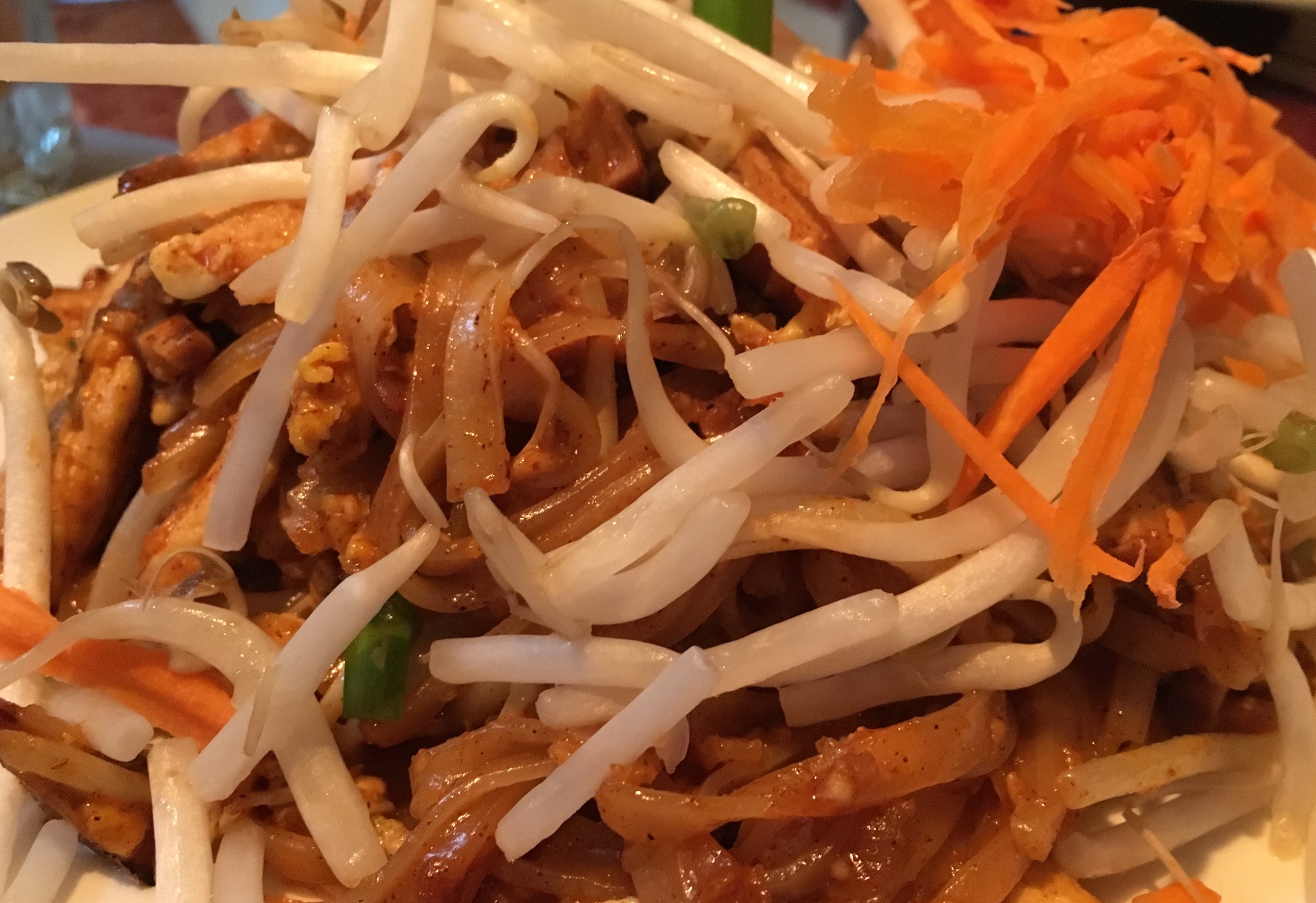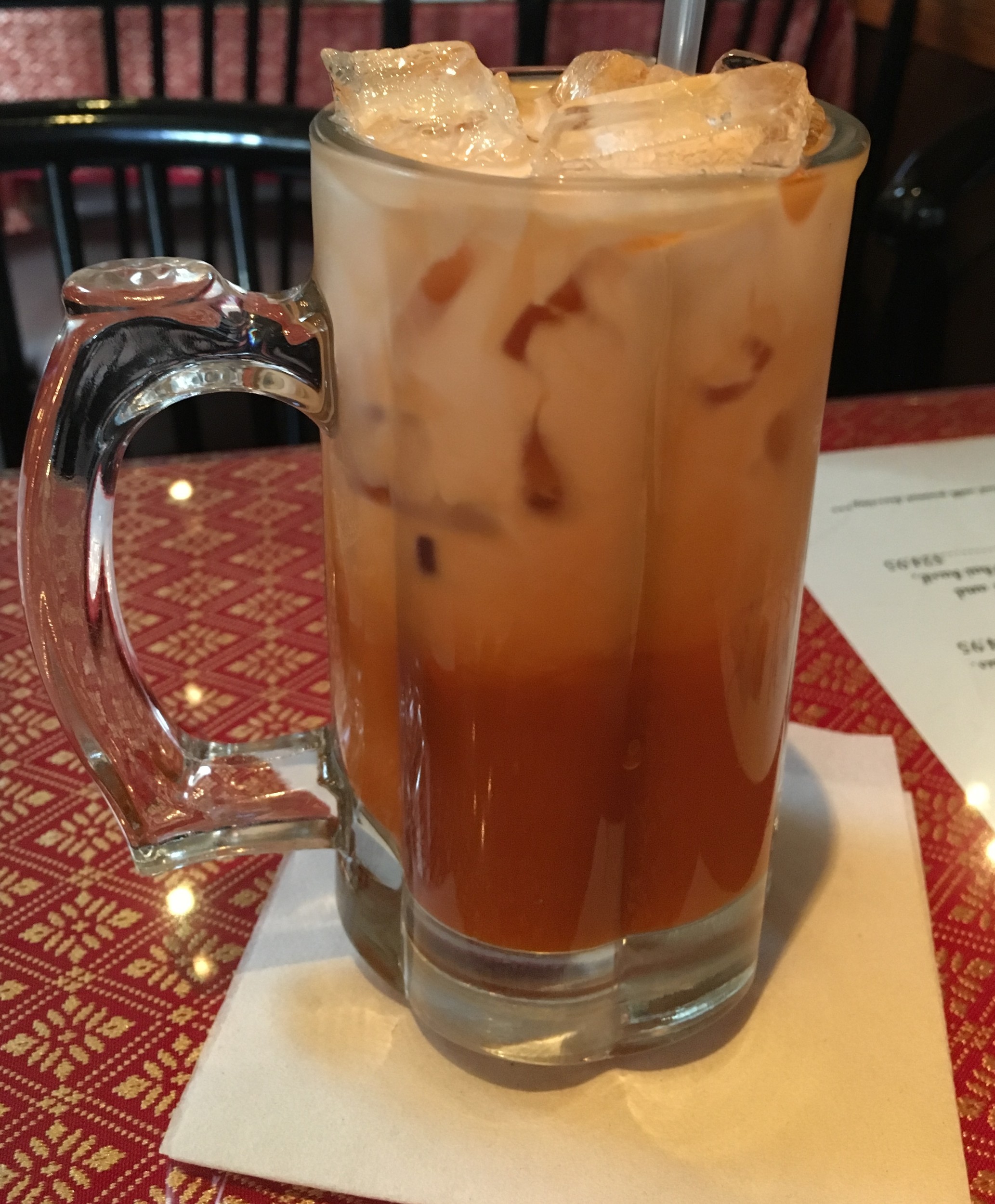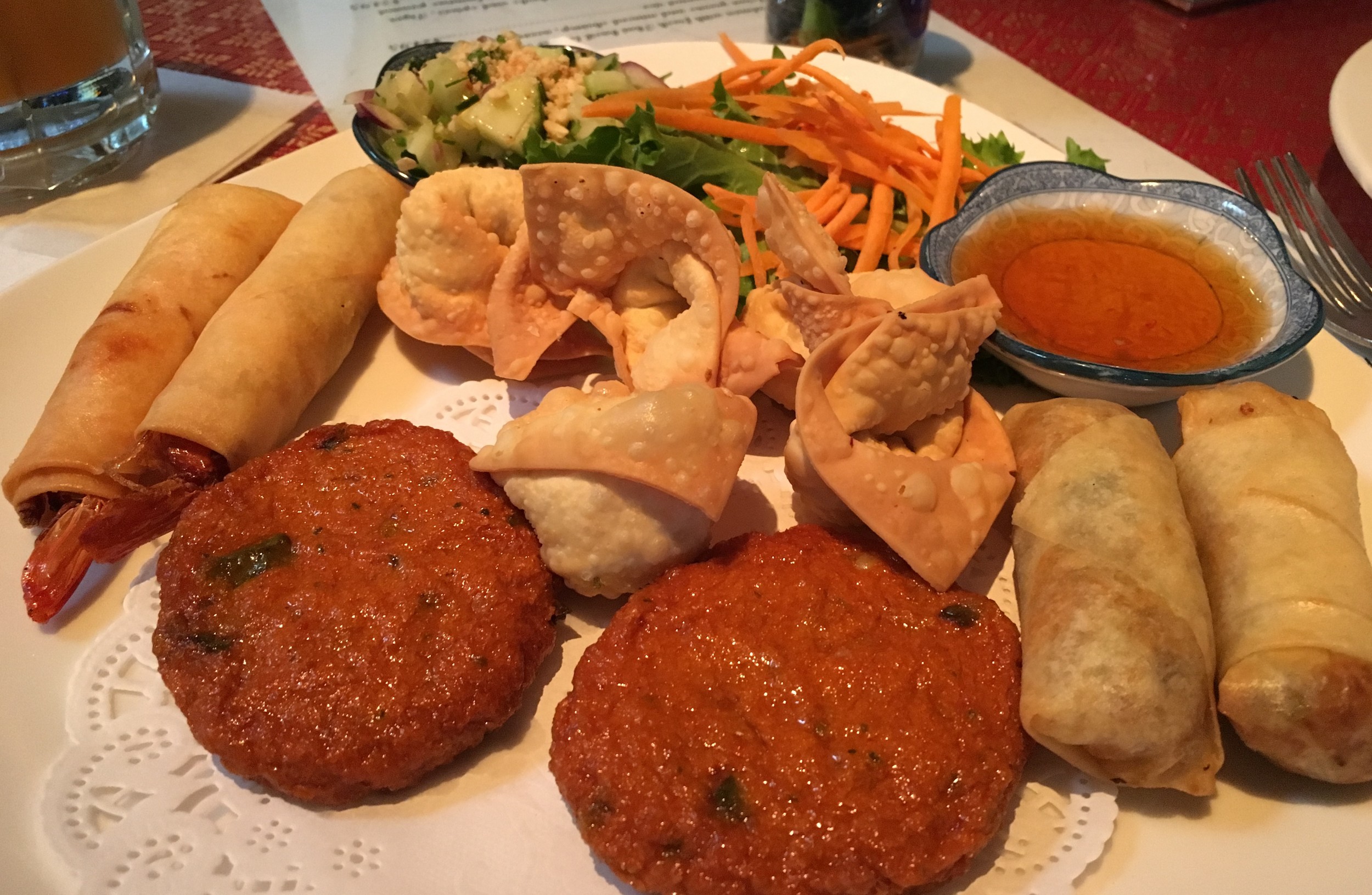A taste of Thailand in Valley Stream

As customer Judea Hartley waited for her takeout order at Seeda Thai, at 28 N. Central Ave., she said she thought that it was the best place for Thai cuisine in the area.
“I would recommend this place to everybody,” she said. Her favorite dish is pineapple fried rice with chicken. “They’re very nice here and they’re all about serving. It’s really good.”
It’s ingredients like lemongrass, galangal, coriander leaf, kaffir lime and ginger that set Thai food apart. The plants are native to Southeast Asia and are cooking staples in Thailand.
The restaurant, which opened in 1986, is tucked neatly between an office building and an electronics shop. Adorned with decorative golden metal peaks that emulate Thai architecture, it’s hard to miss. The attention to detail continues as you walk inside with artwork, mirrors and foreign background music to help set up the experience of South Asian dining.
A popular drink is the restaurant’s signature Thai iced tea, made with strong black tea and spices and sweetened with condensed milk and sugar, then served over ice. It’s a dark amber color, and complements hot or spicy dishes.
The plate includes spring rolls, shrimp rolls, tod man pla and geow tod. Spring rolls, like shrimp rolls, are wrapped with cabbage, mushrooms and noodles before being deep-fried in oil. Tod man pla is a Thai fish patty made with minced fish, red curry paste and then deep-fried. The fish cakes are tender and have a spicy aftertaste. Geow tod, or fried wontons, are stuffed with chicken and served with sweet and sour dipping sauce.
According to the restaurant’s website, it uses only fresh lime juice and fish sauce to bring out the natural flavor in many of its dishes, and has made “a special effort to keep monosodium glutamate (MSG) out of the kitchen.”
One of the most popular noodle dishes from Thailand is Pad Thai, which Seeda Thai serves with a choice of chicken, shrimp or lobster. Pad Thai is served with rice noodles, meat, green onions, tofu, eggs, bean sprouts and crushed peanuts with a drizzle of brown sauce.
Pad Thai is easily made at home, though preparing the dish’s signature brown sauce can be an obstacle as it can be time-consuming.
Seeda Thai makes its sauce in-house, which is what gives the dish its rich, amber color and distinct taste.
Other exotic herbs and spices used in Seeda Thai’s kitchen:
- Marsh mint: Used as a flavoring or eaten raw. Volatile oil content gives the plant several therapeutic qualities.
- Sacred basil: An annual herbaceous plant that has reddish-purple leaves that are narrower than sweet basil leaves.
- Lime: Used principally as a garnish for fish and meat dishes.
- Chili: Several species are used as garnishing in Thai dishes. All contain capsaicin, an active ingredient beneficial to the respiratory system, blood pressure and heart health.

 39.0°,
Fair
39.0°,
Fair 







